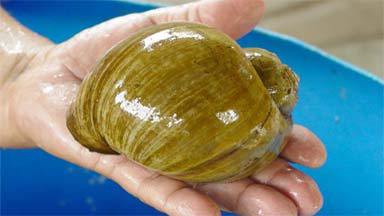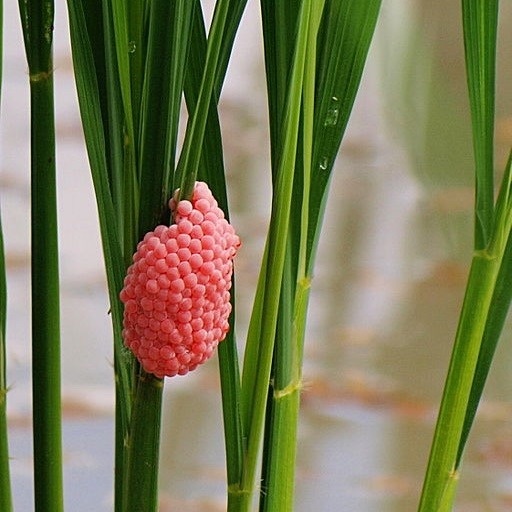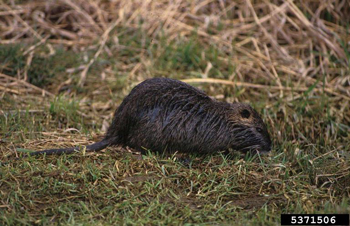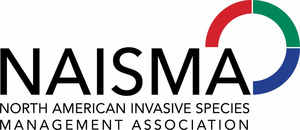 |
 |
| July 2019
|
| Reminder: Join a Flower Garden Banks Lionfish Research Expedition
Texas Lionfish Control Unit will be leading its second expedition of the year of trained scientists and volunteer divers to the Flower Garden Banks National Marine Sanctuary August 25-29, 2019. This 4-day research expedition, in partnership with NOAA-Flower Garden Banks, Ripley’s Aquarium, National Marine Sanctuary Foundation and M/V Fling will remove lionfish (Pterois volitans) from the sanctuary and gather scientific data for lionfish research. For more information, including eligibility requirements, registration information, and goals and objectives, go to http://texaslionfish.org/expeditions/. |
|
| North American Invasive Species Forum
The North American Invasive Species Forum will be held September 30 – October 3, 2019 in Saratoga Springs, New York. The North American Invasive Species Forum is a biennial conference encompassing the interests of professionals and organizations involved in invasive species management, research, and regulation in North America. The 2019 Meeting will be a joint conference with the New York Invasive Species Research Institute out of Cornell University, an internationally renowned center of academic research and outreach. |
|
| Invasive Giant Snails Found in Katy Community
According to KHOU11, the channeled apple snail (Pomacea canaliculata), whose size is indicated by its name, was recently found in a neighborhood in Katy. Originally from South America, the snails have been in Texas since the 1990s. They are an aquatic species that feed on vegetation, can damage rice crops, and can carry rat lungworm, Angiostrongylus cantonesis, a parasitic worm of rats that can infect humans. |

Credit: wwltv.com

Egg cluster. Credit: Veer66 [CC BY-SA 4.0 (https://creativecommons.org/licenses/by-sa/4.0)]
|
| Yes, the Chinese Pistache Tree Is Invasive
Although promoted by Texas A&M AgriLife as an Earth-Kind Superstar, the Chinese pistache tree (Pistacia chinensis) is in fact being recognized as invasive. Here is an article in the Dallas News describing its spread in the Dallas area by someone who used to promote it. In addition, several people have reported to Dr. Hans Landel (yours truly) during workshops and presentations that they have problems with Chinese pistache spreading. |

Credit: Howard Russell, Michigan State University, Bugwood.org
|
| Invasive Spotlight: Nutria (Myocaster coypus) Nutria, also called coypu, damage sugarcane and rice crops. They also dig into the banks of ditches, canals, and other waterways, causing erosion and other infrastructure damage. They feed on native aquatic plants that hold wetland soils together. Worse, nutria can quickly convert wetlands into open water. |

Credit: John and Karen Hollingsworth, US Fish and Wildlife Service |
| More News
Smells Like Love...to Sea Lampreys Lionfish Ear-Bones Reveal a More Mobile Population Preventing People from Abandoning Exotic Pets that Threaten Biodiversity Tornadoes, Windstorms Pave Way for Lasting Plant Invasions Garlic on Broccoli: A Smelly Approach to Repel a Major Pest Picky Pathogens Help Non-Native Tree Species Invade Cane Toad Testes Smaller at the Invasion Front Invasive Parrots Have Varying Impacts on European Biodiversity, Citizens and Economy |
|
|
|
If you would like to highlight a successful invasive species project or nominate a special person to be highlighted in an upcoming iWire, please send the details to iwire@texasinvasives.org. |
|
|
| Sentinel Pest Network and Invaders of Texas Species Workshops
Invaders of Texas workshops train volunteers to become citizen scientists to detect and report invasive species. Workshops, which are free, include information on the Sentinel Pest Network, which serves to increase the awareness and early detection of the Emerald Ash Borer, Cactus Moth, Asian Longhorned Beetle, and other pests of regulatory significance. Upcoming Workshops:
Saturday, August 10, 2019 Tuesday, October 8, 2019 (6 pm) |
 |
 |

